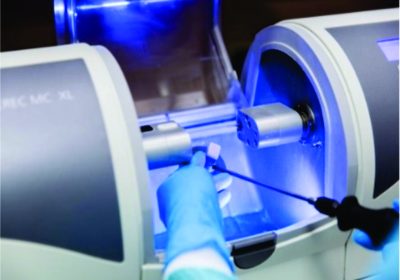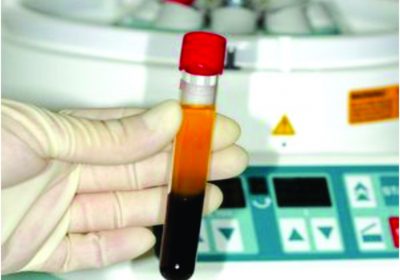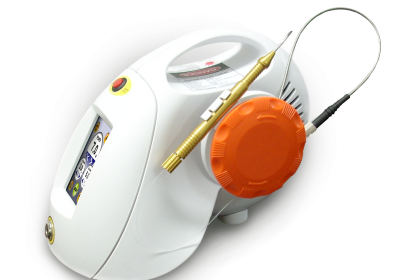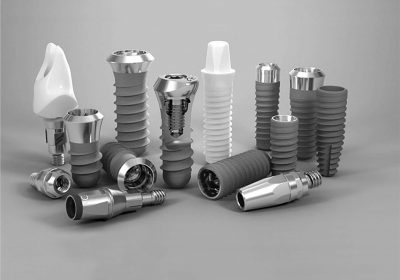CAD CAM Crowns & Bridges
We feel extremely blessed to be using the most advanced CAD CAM Technology InHouse for the benefit our patients CAD/CAM technology has revolutionized dentistry in many ways. It involves using computer-aided design (CAD) software and computer-aided manufacturing (CAM) technology to create dental restorations such as crowns, bridges, inlays, onlays, and veneers. Here are some of the benefits of CAD/CAM technology in dentistry: Increased accuracy: CAD/CAM technology allows for precise measurements and the creation of restorations that fit perfectly, reducing the need for adjustments and improving overall accuracy. Faster turnaround time: With CAD/CAM technology, dental restorations can be designed and produced in a matter of hours, instead of days or weeks, allowing for faster treatment times and a quicker return to normal activities for patients. Enhanced patient experience: Patients can benefit from the use of CAD/CAM technology by experiencing less discomfort, less time in the dental chair, and fewer appointments for their dental restorations. Customizable restorations: CAD/CAM technology allows for the creation of highly customized dental restorations that are tailored to the unique needs and specifications of each patient. Improved aesthetics: With CAD/CAM technology, dental restorations can be created to match the color and shape of the patient's natural teeth, resulting in a more natural-looking smile. Overall, CAD/CAM technology has transformed the field of dentistry by providing faster, more accurate, and more customizable dental restorations that enhance the patient experience and produce better outcomes.




